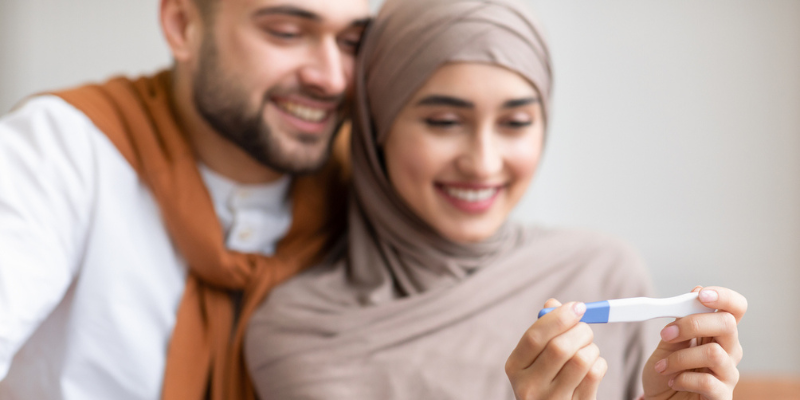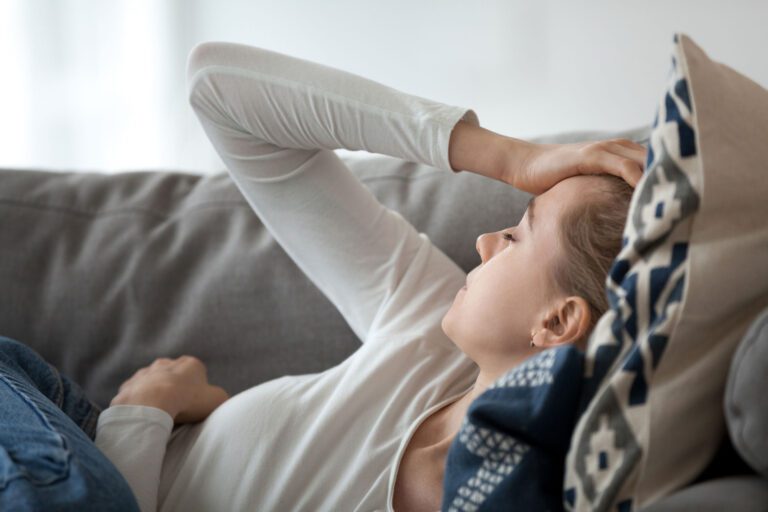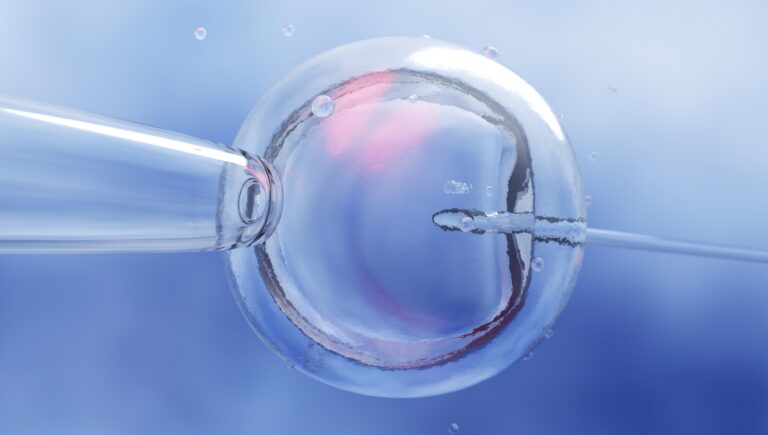Understanding the Menstrual Cycle, Fertility, & Conception

Having sex, and having sex regularly, is the first prescription for falling pregnant. However, it’s important to understand the best times to get intimate to maximise your monthly chance of conception occurring.
Women’s menstrual cycles occur in several phases. Each woman is different and her cycle is unique, however it helps to understand what’s going on in your body to increase your chances of having a baby.

Your menstrual cycle
The menstrual cycle starts with the development of between 10 and 20 eggs which triggers the production of the female hormone, oestrogen. It causes the lining of the uterus to thicken to prepare for a possible pregnancy.
Ovulation occurs when one or two of the eggs mature and the ovary releases them into the fallopian tubes. If there is no sperm to fertilise the egg, it will disappear within 12 to 24 hours. However, if there is sperm present when the egg is released, it may fertilise the egg and, if the embryo attaches to the uterus, a pregnancy begins.
After ovulation, your body releases a second hormone, progesterone, which improves the lining of the uterus to help support a pregnancy. If no pregnancy occurs, the lining of the uterus will break down and triggers a menstrual period.
Your most fertile days
So with your menstrual cycle in mind, you can begin to understand why timing is important for falling pregnant. Your most fertile days are the three days leading up to and including ovulation. However, it is possible to fall pregnant if you have sex during the five days before ovulation or on the day of ovulation as sperm can survive for up to five days. In the 12-24 hours after ovulation, the window is closed.
So, how do you know if you are ovulating?
You can start with examining your monthly cycle. The first day of your period is considered “day one” of your cycle.
Ovulation happens about 14 days before the start of your period so you can make an educated guess if you know the average length of your monthly cycle. For example, if your monthly cycle is on average 28 days, your most fertile days are on days 12, 13 and 14.
You can find ovulation trackers online and in app format which can help track your periods and predict your most fertile days.
There are also some physical signs to look out for when you are ovulating. During your most fertile time, your cervical mucus usually becomes thinner, clearer, wetter and more slippery.
You can also purchase an ovulation predictor kit from a supermarket or chemist which uses urine testing to predict when you are ovulating.

The odds of falling pregnant
Statistics show the average woman who has sex five days before ovulating has a 10 per cent chance of falling pregnant and this rises to a 30 per cent chance if a woman has sex on the day of ovulation or two days before. These statistics will change depending on a woman’s age.
If you are unsure about when you are ovulating, most doctors recommend having sex every two to three days to improve your chances of falling pregnant.
Sometimes, despite feeling healthy and having regular sex, you might not fall pregnant. Dealing with pregnancy delay or infertility can be an emotional and difficult time for women and their partners.
Doctors recommend that if you are under 35 and you have been trying to conceive unsuccessfully for 12 months or more that you make an appointment with a GP or specialist. If you are over 35, it’s recommended that you seek help after trying to conceive for six months.
Contact Us if you fit this criteria and would like to make an appointment to see a Fertility GP for a bulk-billed fertility assessment.



